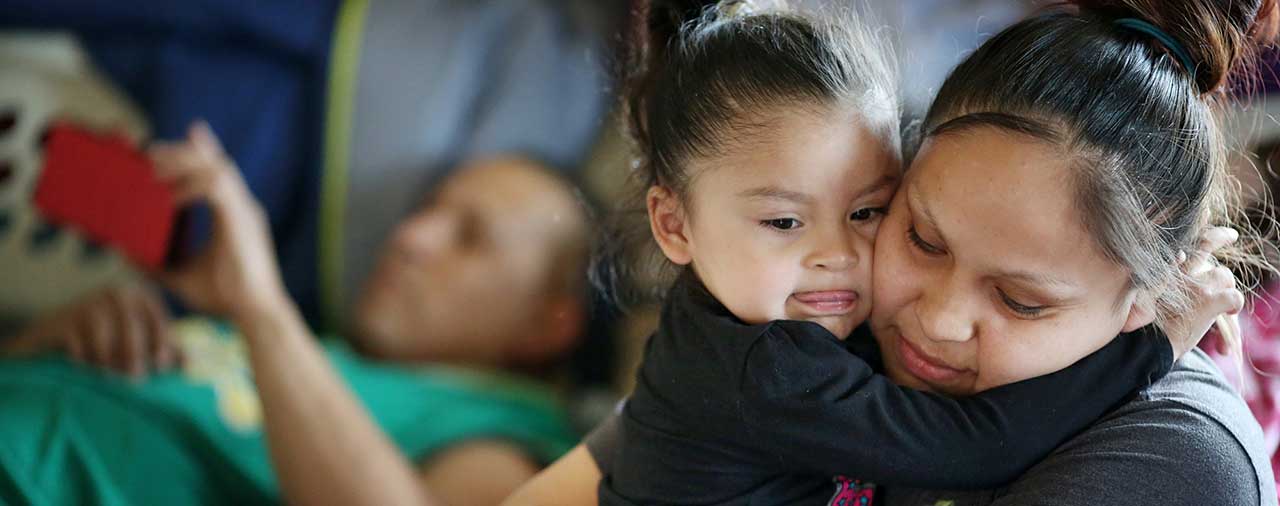Lawsuits filed against foster care systems.
by Chris Serres of Star Tribune
In a civil rights action, attorneys for a national child advocacy group allege that the state and Hennepin County have failed to meet their legal obligations to provide secure homes.
Lawsuits filed against foster care systems.
Hundreds, possibly thousands, of children in Minnesota’s foster care system are at risk of violence and neglect because officials are failing to investigate reports of abuse and place the children in stable homes, according to a lawsuit filed in federal court Wednesday.
In a civil rights action, attorneys for the national child advocacy group, A Better Childhood, allege that the state of Minnesota and Hennepin County have failed to meet their legal obligations to provide secure homes for children who are removed from abusive families. As a result, many of these children languish in emergency shelters or land in poorly managed group homes, where they are again at risk for abuse and neglect, according to the lawsuit filed in U.S. District Court in Minneapolis.

Public outrage over the abuse of 4-year-old Eric Dean, photographed here with a broken arm, triggered far-reaching reforms to Minnesota’s child protection system.
Minnesota’s child protection system is in chaos and has been for a number of years. There is an increasing number of children coming into the system with nowhere to go.Marcia Robinson Lowry, executive director of A Better Childhood
The lawsuit comes two years since outrage over the death of 4-year-old Eric Dean at the hands of his abusive stepmother sparked far-reaching reforms. Legislation signed by Gov. Mark Dayton required child protection workers to put the best interests of the child above keeping a family intact, while giving agencies across the state millions of dollars to hire more workers and expand services for abused children, among other changes.
The case is unusual in that it does not seek monetary damages, but argues that Minnesota’s system violates the constitutional rights of children by depriving them of a childhood that is reasonably free of harm.
Lawsuits filed against foster care systems.
Attorneys said they hope the litigation will lead to systemic reforms, such as better maltreatment investigations and heightened recruitment of foster care homes. A similar lawsuit in Texas led the state to find constitutional violations and appoint special masters to make recommendations for the overhaul of that state’s troubled child welfare system.
“We’re not doing this to make money,” said James Volling, lead counsel on the case and partner at the Minneapolis law firm Faegre Baker Daniels. “We’re doing this to reform a system that we think is badly broken.”
A spokeswoman for the Minnesota Department of Human Services, which oversees the child protection system, declined to comment, saying the agency had not been served with the complaint.
Hennepin County officials noted that they have increased spending by $13 million annually to reduce child protection caseloads and improve services. “What we can say is that we are committed to child well-being and families,” said assistant Hennepin County administrator Jennifer DeCubellis.
Surging caseloads
While changes initiated in 2015 were intended to strengthen Minnesota’s system and protect children, they created new strains by triggering greater awareness of abuse and unleashing a surge of maltreatment reports.
Last year, a federal review found that Minnesota still struggles with deep-rooted problems, including a shortage of foster homes and inadequate training for county caseworkers who aid troubled families.
Despite efforts toward reform, the review concluded that Minnesota failed to achieve “substantial conformity” with seven key measures of child safety, permanency and well-being.
Counties are also struggling with a surge in caseloads. Last year, a workforce survey by the University of Minnesota found that 83 percent of child protection caseworkers across Minnesota reported experiencing secondary traumatic stress, while 45 percent had looked for new jobs within the past year.
“We all want child maltreatment to end,” said Traci LaLiberte, executive director of the U’s Center for Advanced Studies in Child Welfare. “But the people who have to do the work are floundering.”
In a widely used measure of the system’s performance, the share of Minnesota children who bounce back into foster care after being returned to their parents has increased steadily in each of the past four years.
Falling behind
Last year, 18.3 percent of foster care children in Minnesota were returned to care within a year after being reunited with their families, up from 16.5 percent in 2013, according to state data. The federal benchmark is 8.3 percent.
Lawsuits filed against foster care systems.
Even children who are known to the child protection system are not safe from abuse and neglect. In 2016, for example, 20 percent of children who were the subject of a maltreatment report had a second such report within 12 months.
“On the whole, Minnesota’s child protection system is losing ground in a number of significant measures,” said Rich Gehrman, executive director of Safe Passage for Children of Minnesota, a child advocacy group in St. Paul.
One of the 10 plaintiffs in the lawsuit is a 7-year-old girl from Hennepin County who was repeatedly abused over a three-year period.
Lawsuits filed against foster care systems.
The lawyers allege that county officials never adequately investigated her case, despite red flags such as reports that the girl and her mother were homeless and living with a maternal grandfather, who was believed to have molested her in the past.

